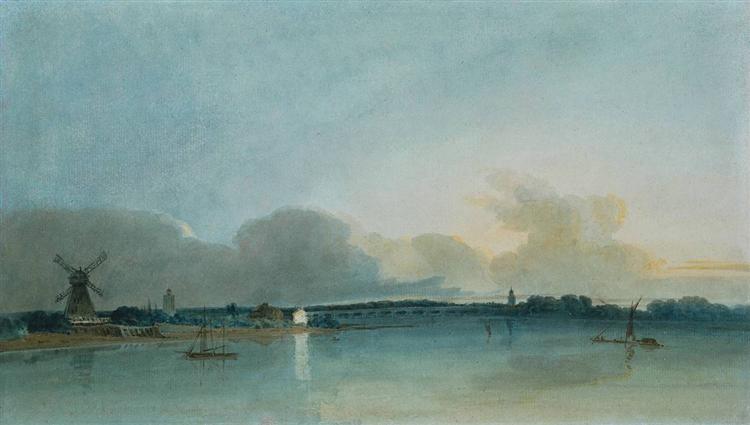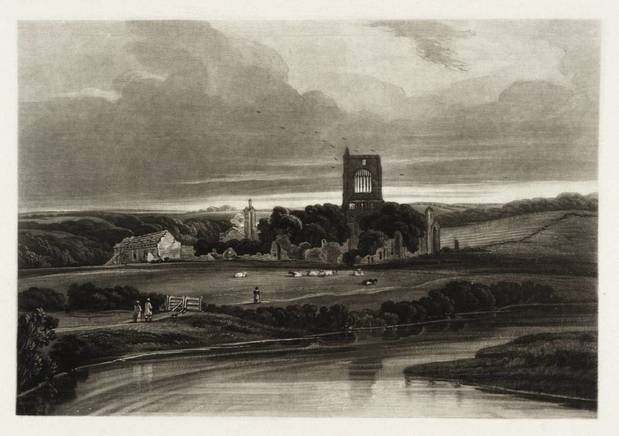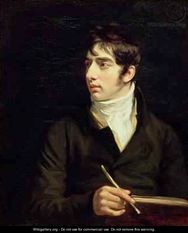Thomas Girtin: artist and friend of JMW Turner
|
|
Thomas Girtin was born in 1775, the same year as JMW Turner and he and Turner were good friends.
In his biography Turner in 1902, Sir Walter Armstrong, the Director of the National Gallery of Ireland wrote: The acquaintance between the two is said to have begun when they were both in the employment of John Raphael Smith, the engraver, for whom they used to colour prints. This must have been pretty early in Turner’s life, certainly before he left the Academy Schools, for after 1793 his time was otherwise employed. It is asserted that in the latter year Dr. Monro engaged both lads to spend their evenings at his house in the Adelphi Terrace and enhance the effect of his own drawings by putting in washes of ink and colour. It is interesting to note that Dr. Monro had a large collection of drawings and pictures by such artists as Rembrandt, Claude, Gainsborough, Paul Sandby, Thomas Hearne, John Cozens and others. Turner made copies of many of these, with and without variations. |
|
The White House at Chelsea is Thomas Girtin’s most celebrated work. The White House itself which forms the focus of the watercolour was created by leaving the paper more or less unpainted. According to the Tate Gallery this is one of the most famous of English watercolours, partly because it was venerated by Turner. The painting was in the collection of BG Windus. |
|
David Blayney Brown: The White House at Chelsea belongs to the final phase of Girtin’s brief career when he was working on panoramic prospects of London and Paris. Though these sprang from the topographical tradition, the simple grandeur, luminosity and sentiment of the associated watercolours show Girtin’s complete liberation from it. If there is a brooding atmosphere in the barren spaces of some of his northern subjects, the emptiness of ‘The White House’ suggests rather an overwhelming serenity. The river glides by at sunset, its glassy surface broken only by small craft and the reflection of the house. The low horizon, subtly articulated by the silhouettes of the mill, two towers and clumps of trees, is Girtin’s homage to Rembrandt.
|
The original Kirkstall Abbey painting, engraved by W Say for the Rivers of England, was in the Windus Collection





